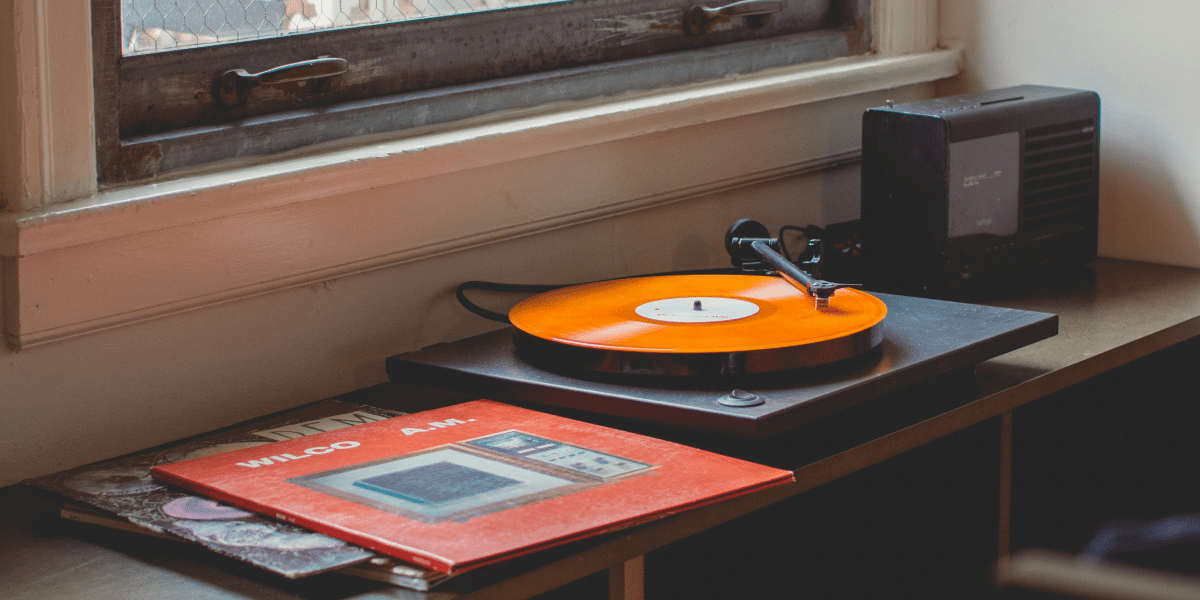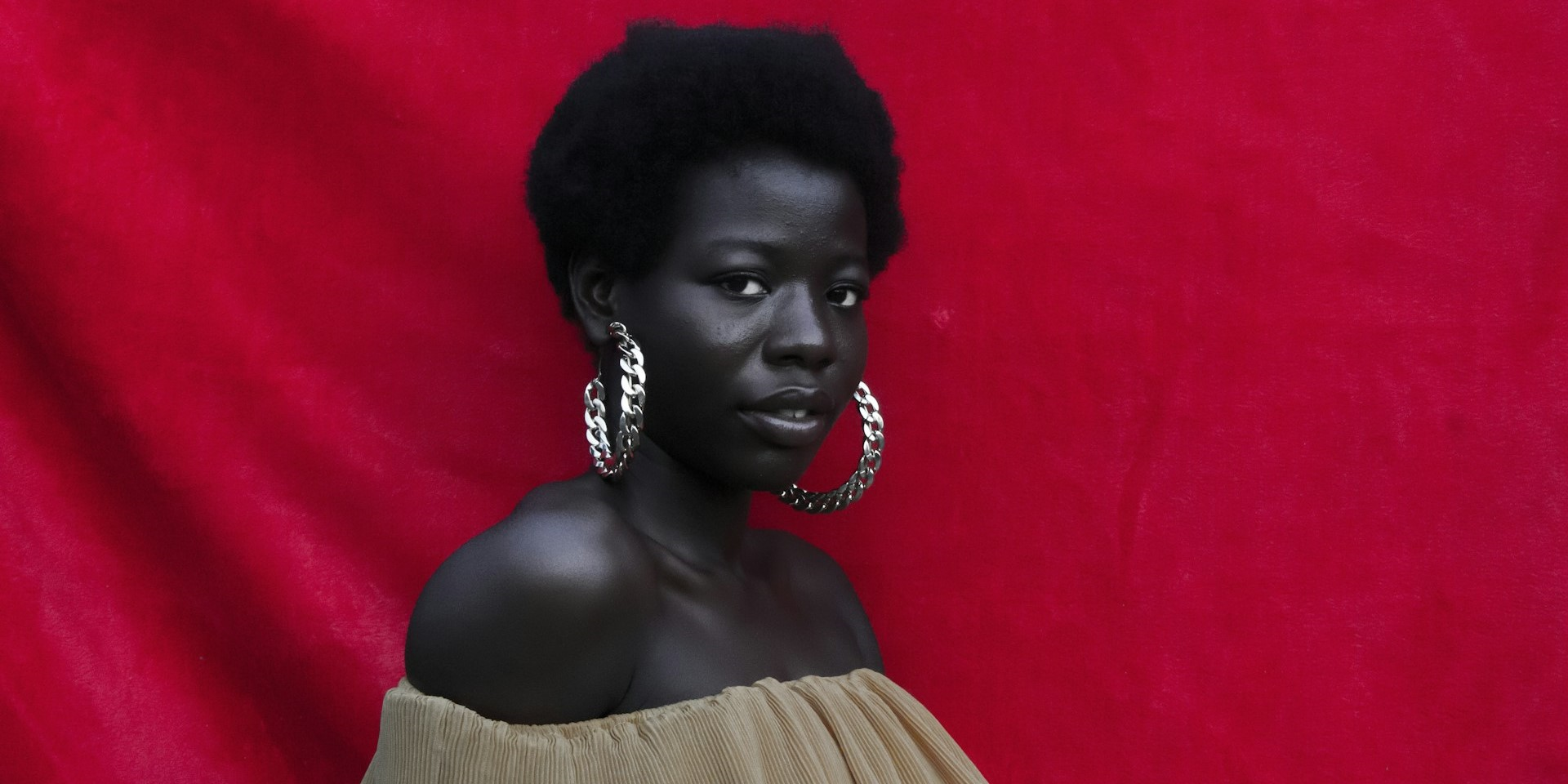Music streaming has significantly evolved throughout the years from bulky vinyl, CDs, and the radio. Today, the music streaming industry is dominated by Spotify. The platform did not merely provide a more convenient solution for one of America’s greatest pastimes but also addressed various problems faced by record labels and independent artists, such as piracy. After 15 years since its founding, Spotify remains at the top.
Spotify was founded in 2006 by two Swedish entrepreneurs, Daniel Ek and Martin Lorentzon. The duo wanted to build a platform that would address the rising demand for audio-streaming services among consumers who did not particularly want to purchase physical albums or might want easy access to a library of songs by artists from any part of the world. Spotify is an open archive offering unlimited streams for those who avail of its subscription, but it also offers free streaming for users who do not mind listening to advertisements.
Initially headquartered in Stockholm, Sweden, Spotify reached new heights when it finally launched in the US market in 2011. Since then, the platform grew from having only 7% of users in the United States in 2010 to a staggering 83% by the end of 2020, according to Variety. Spotify currently has offices in 17 countries, has over 356 million active users worldwide, and over 158 million paying subscribers. Spotify’s library holds over 70 million songs from various record labels and media companies, all of which are subjected to the streaming platform’s digital copyright restrictions.
With Spotify’s affordability, experts have found a significant decline in online piracy. Record labels and music companies have been struggling to fight against piracy after the illegal downloading and file-sharing solutions introduced by Napster, Limewire, and other sites encouraged people to disregard the idea of paid music. By introducing a cheaper alternative to the traditional CD albums, Spotify changed a generation’s perspective about piracy and digital property.
Spotify’s vast library also allows users to explore multiple genres. The platform also created “Mood Playlists,” categorizing songs into moods, therefore saving users time to search for songs that carry the same vibes. The “Mood Playlist” includes songs from various genres. One of Spotify’s generated playlists is called the Mood Booster, which includes happy songs from multiple genres, artists, and even languages.
The platform’s unique feature called Spotify Clips also revolutionized the industry as it gave listeners a glimpse of the lives of their favorite artists through the stories they share. Artists can record short clips of themselves and connect with fans as they would on Snapchat, Instagram, Facebook, or Twitter.
Spotify also stepped in to help communities amid the challenging times of the pandemic. The platform launched a feature called Artist Fundraising Pick, which allows fans to donate directly to artists, who will then give the proceeds to their chosen charity.
Spotify has indeed radically changed the way people stream music. Beyond portability, the platform has addressed some of the most controversial issues in the music industry and provided avenues for artists to showcase their everyday life. With its rapid growth in 2021 despite the pandemic, there’s no doubt that Spotify is here to stay.
Sources:















